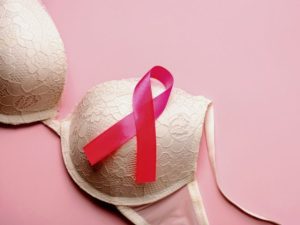Breast Cancer Awareness Month
Breast cancer is one of the most common types of non-skin cancer among women in the United States and it is second to lung cancer as a cause of cancer death among American women.
According to the National Cancer Institute, more than 280,000 women in the United States will be diagnosed with breast cancer and an estimated 43,600 will die of the disease based on data from 2021.
It is important to understand that men can also develop breast cancer and it is estimated that close to 2,710 men will be diagnosed with breast cancer and out of those numbers, 530 are expected to die from breast cancer.
Breast Cancer Awareness Month is a yearly opportunity to educate and raise awareness on breast cancer, preventative measures, risk factors, signs and symptoms, self-checks and mammograms, support those who are battling, and remembering those who have lost the fight against breast cancer.
There are different kinds of breast cancer and it is important for women, in particular, to be knowledgeable about the different types, the risk factors, prevention, symptoms, and treatments in order to proactively diagnose breast cancer in the early stages. The following are important to consider when focusing on breast cancer among women:
- What are the different types of breast cancer?
- What are the risk factors and preventative steps for breast cancer?
- What are the symptoms of breast cancer?
- What are the treatments for breast cancer?









